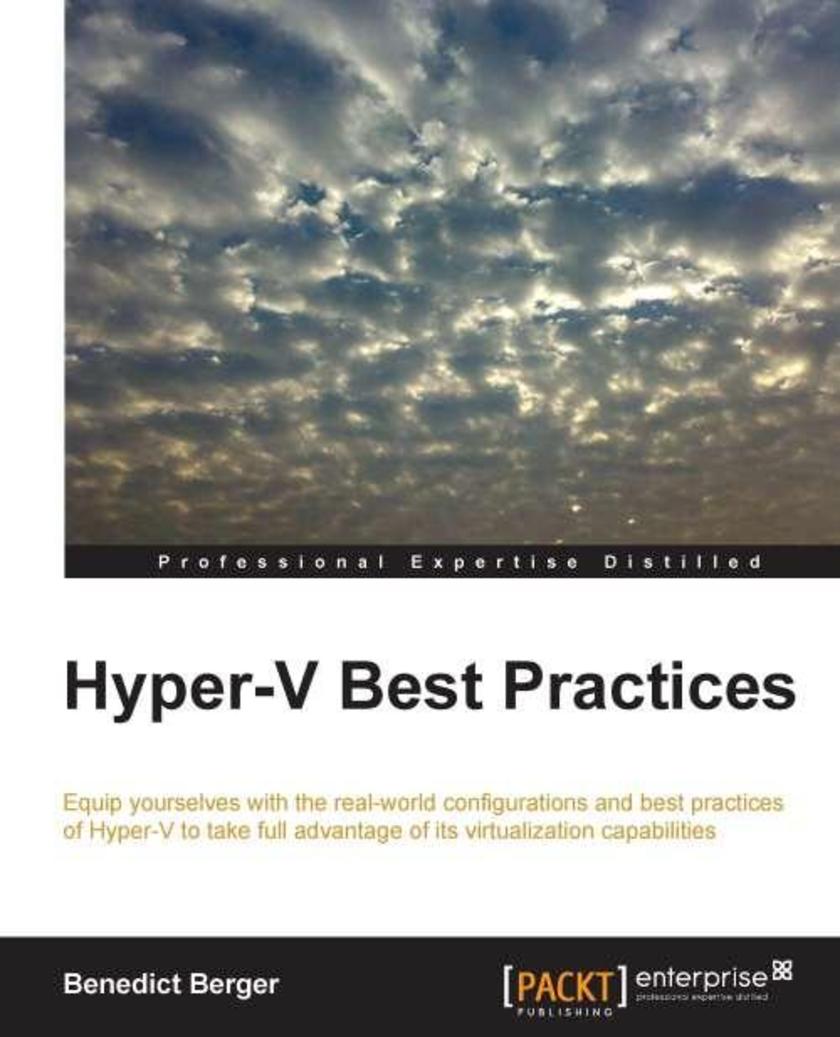
Hyper-V Best Practices
¥54.49
This book is intended for those who already have some basic experience with Hyper-V and now want to gain additional capabilities and knowledge of Hyper-V. If you have used Hyper-V in a lab environment before and now want to close the knowledge gap to transfer your Hyper-V environment to production, this is the book for you!
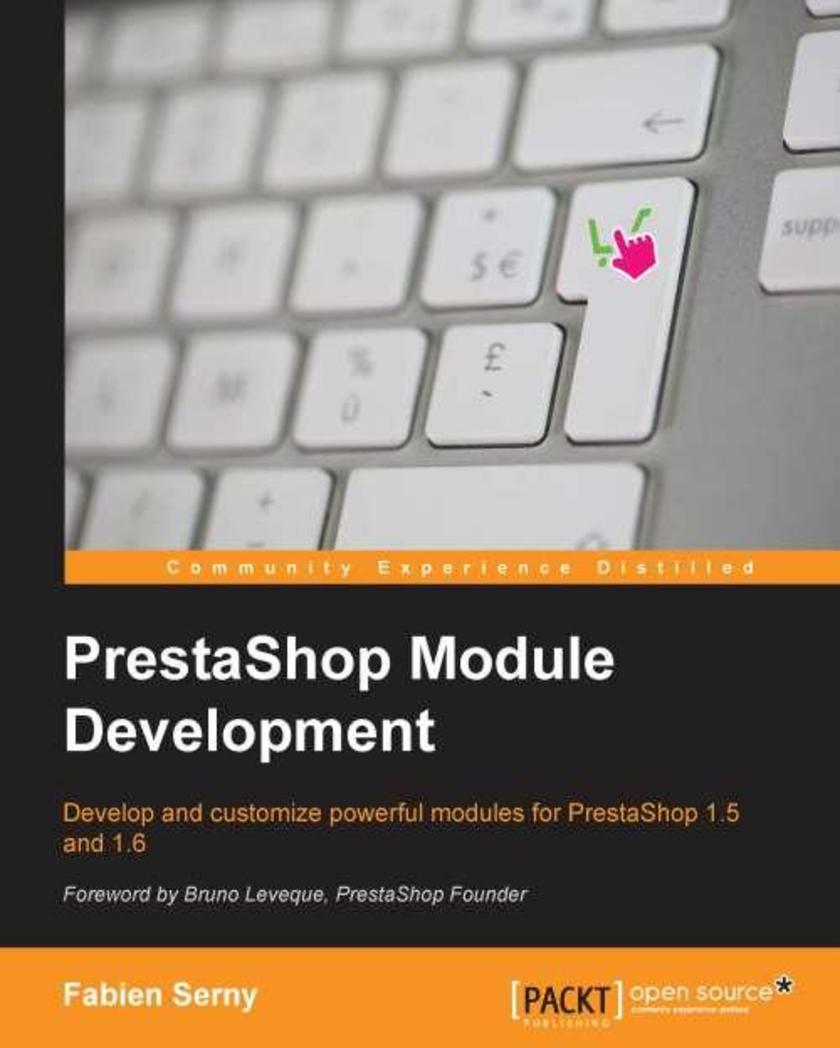
PrestaShop Module Development
¥90.46
If you are a developer who is new to PrestaShop and wants to get a good foundation in development on the PrestaShop framework, this book is for you. It's assumed that you will have some experience with PHP5, jQuery, and HTML/CSS (no need to be an expert on it).
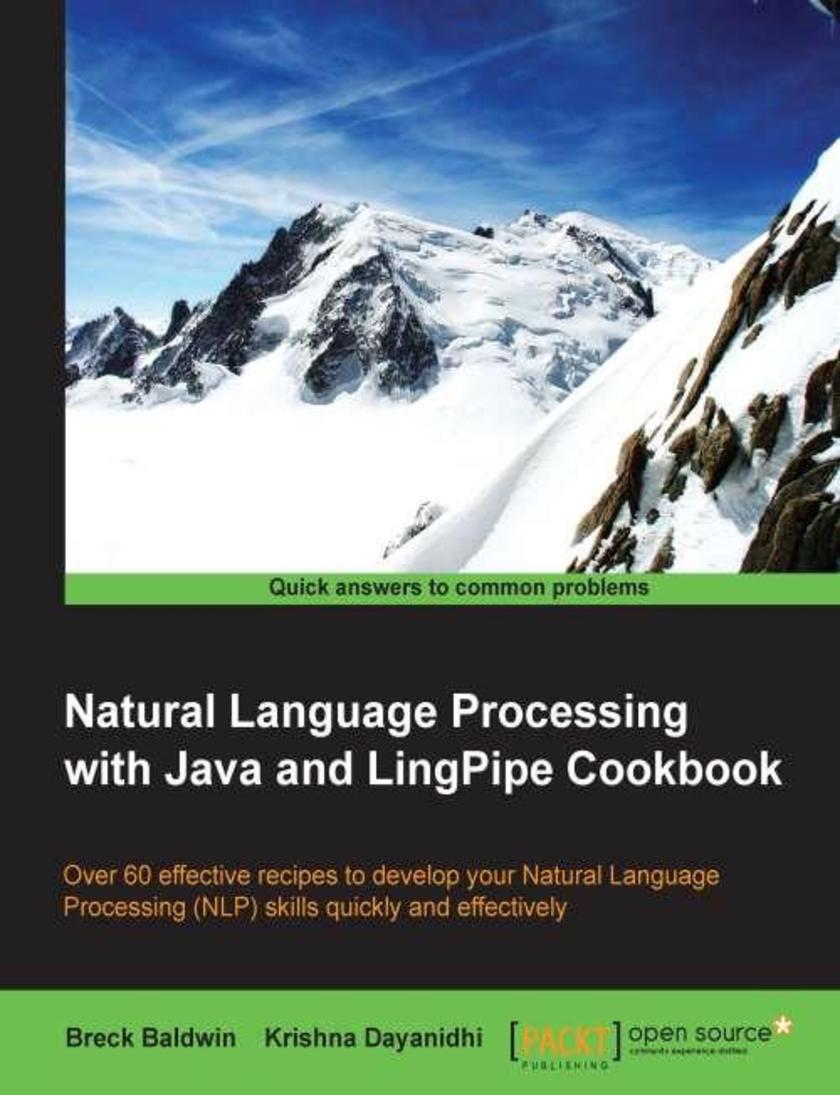
Natural Language Processing with Java and LingPipe Cookbook
¥80.65
This book is for experienced Java developers with NLP needs, whether academics, industrialists, or hobbyists. A basic knowledge of NLP terminology will be beneficial.
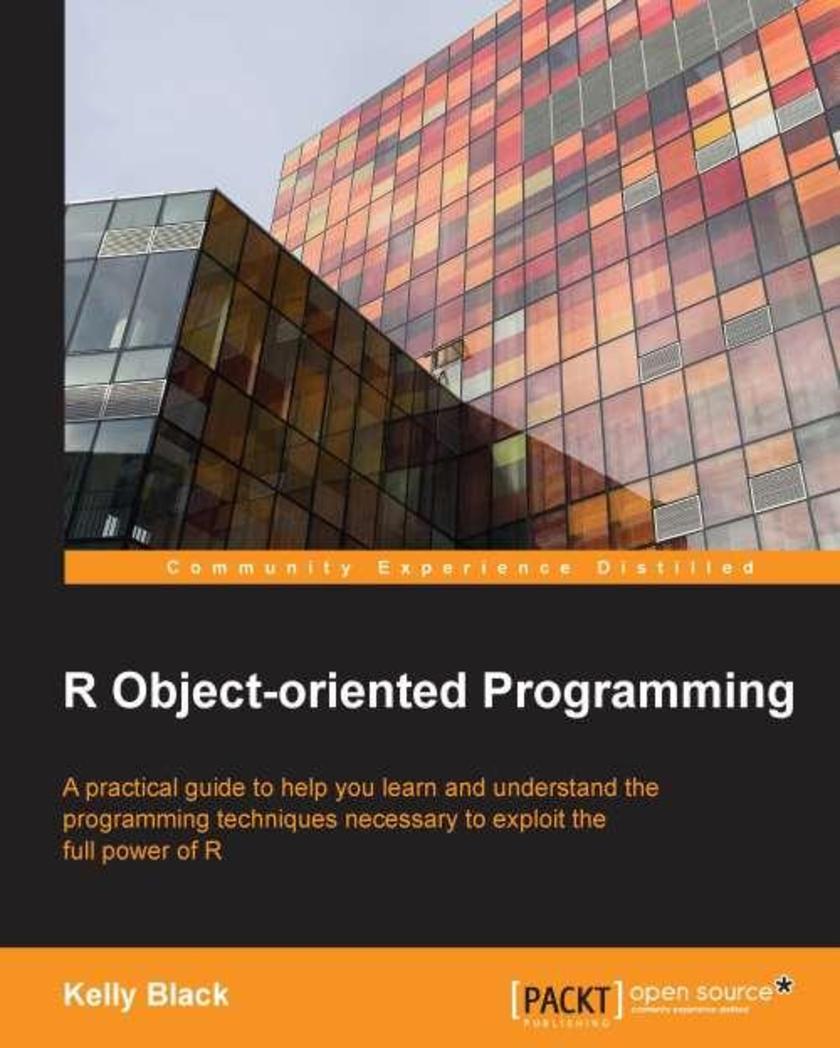
R Object Oriented Programming
¥80.65
This book is designed for people with some experience in basic programming practices. It is also assumed that they have some basic experience using R and are familiar using the command line in an R environment. Our primary goal is to raise a beginner to a more advanced level to make him/her more comfortable creating programs and extending R to solve common problems.
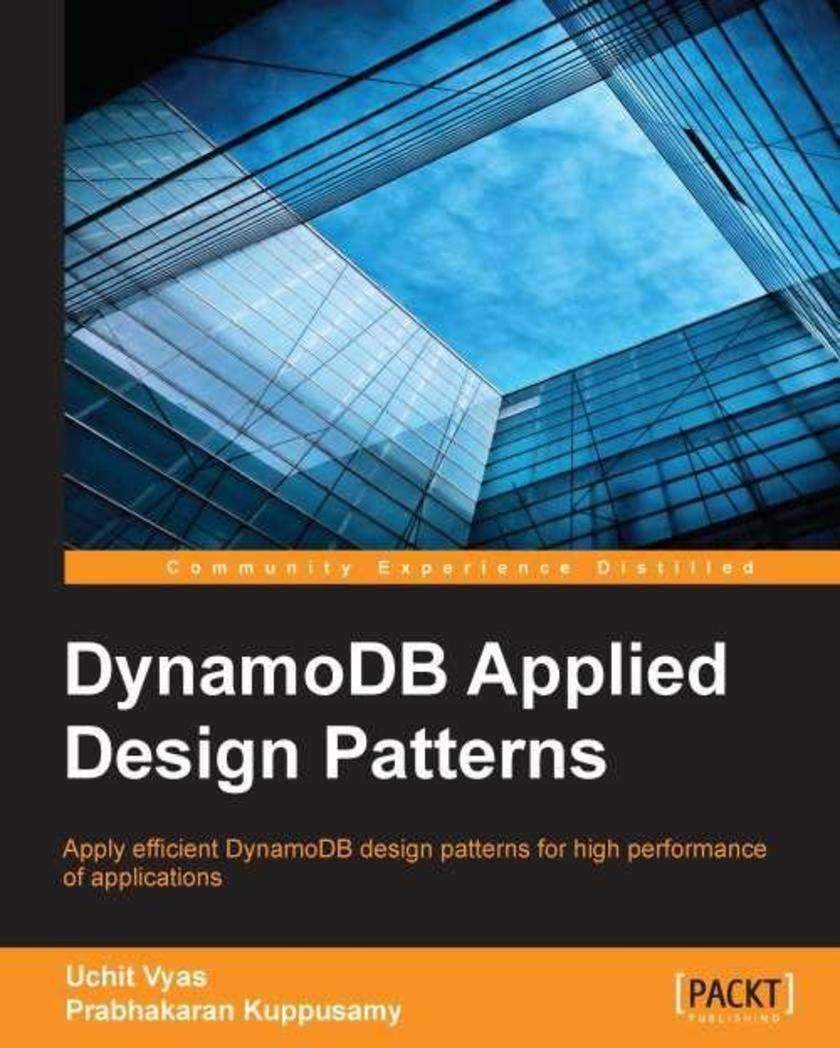
DynamoDB Applied Design Patterns
¥80.65
If you are an intermediate to advanced DynamoDB developer looking to learn the best practices associated with efficient data modeling, this book is for you.
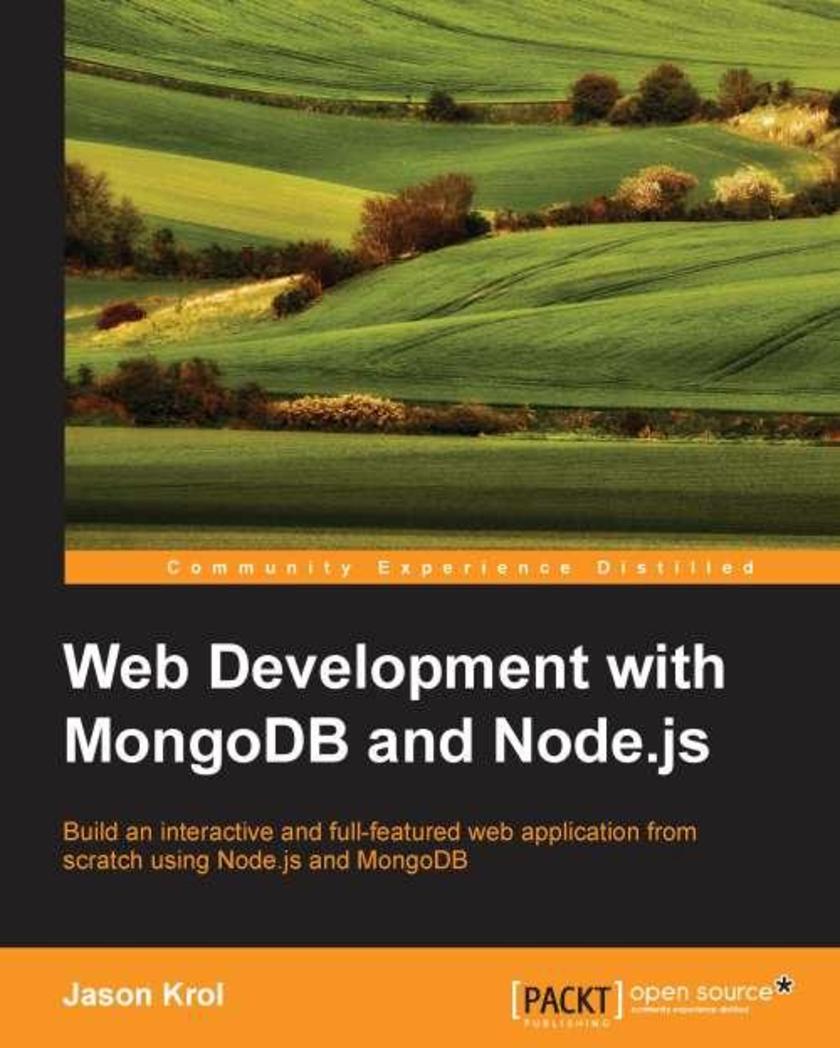
Web Development with MongoDB and NodeJS
¥80.65
This book is designed for developers of any skill level that want to get up and running using Node.js and MongoDB to build full featured web applications. A basic understanding of JavaScript and HTML is the only requirement for this book.
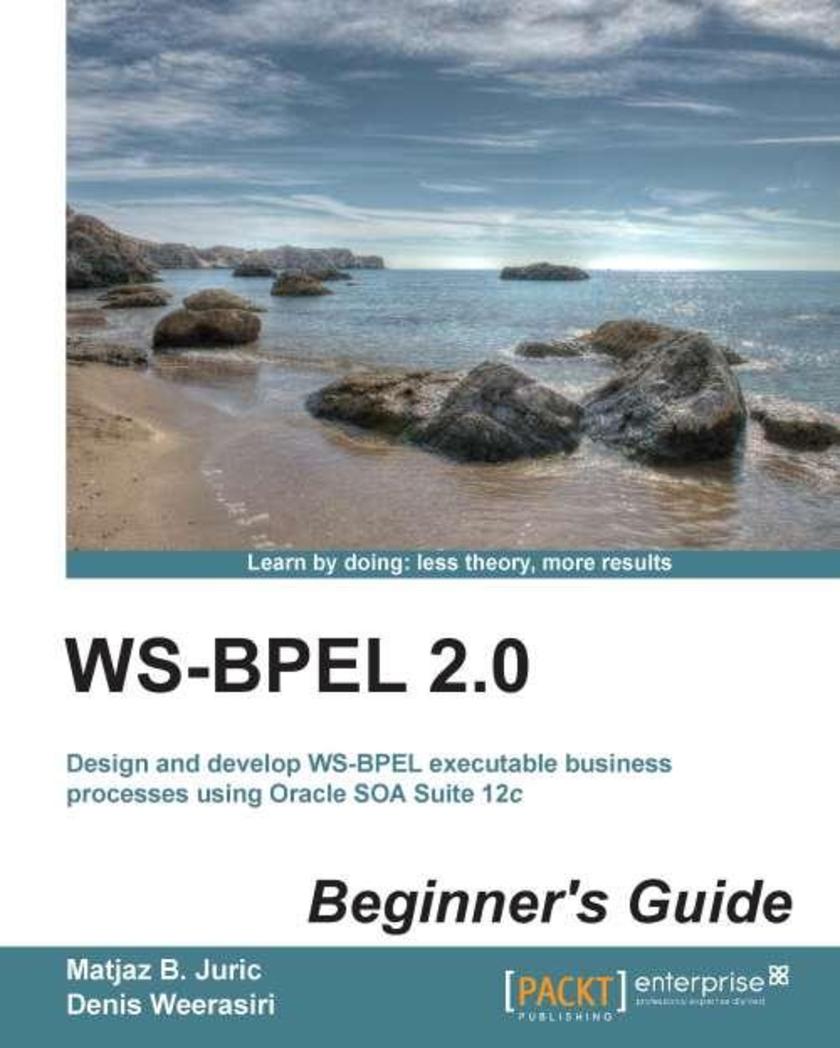
WS-BPEL 2.0 Beginner's Guide
¥99.18
If you are a software architect, a designer, a software developer, an SOA and BPM architect, a project manager, or a business process analyst who is responsible for the design and development of business processes, composite applications, and BPM/SOA solutions, then this book is for you. You should have a clear grasp of general SOA concepts including business processes and web services, but no prior knowledge of the BPEL language is required.
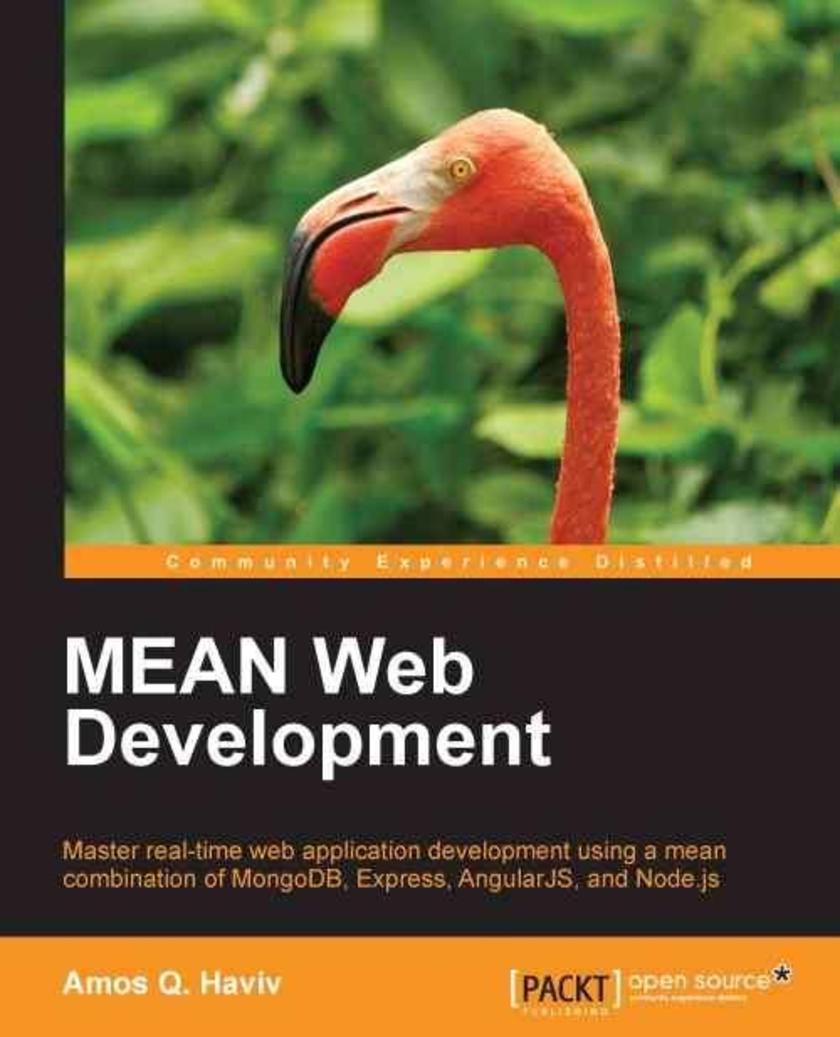
MEAN Web Development
¥90.46
If you are a web or a full-stack JavaScript developer who is interested in learning how to build modern web applications using the MEAN stack, this book is for you.
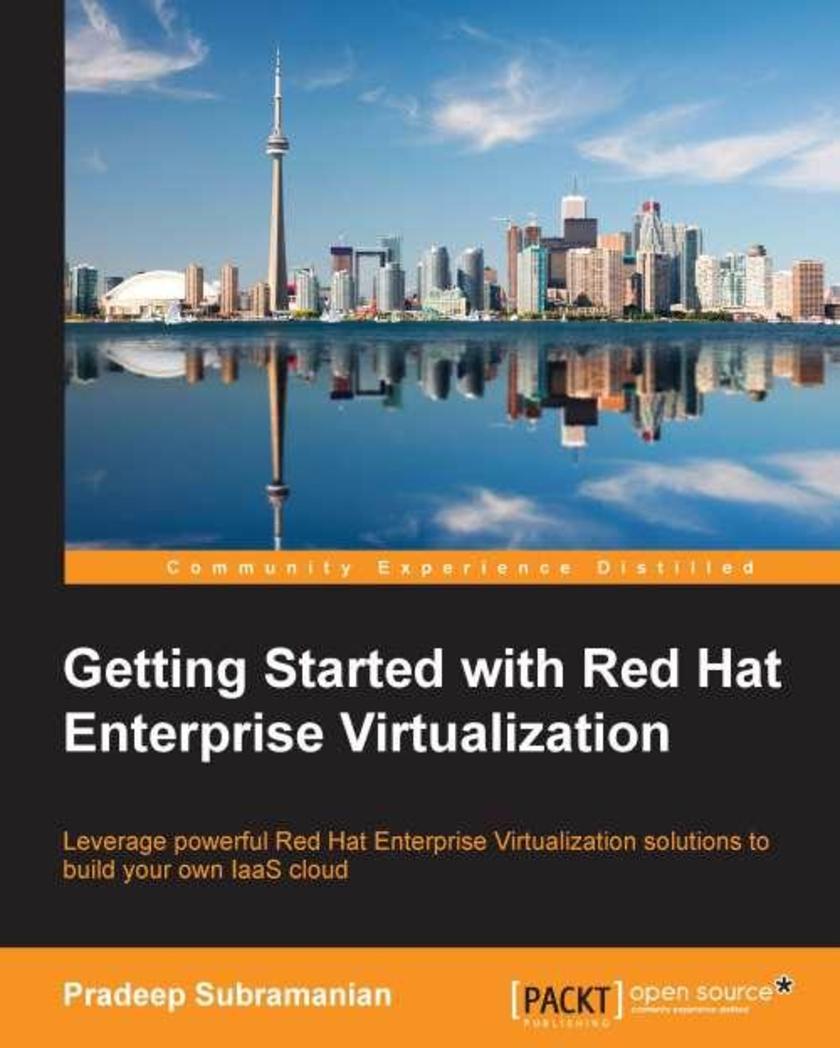
Getting Started with Red Hat Enterprise Virtualization
¥65.39
If you are a system administrator who is interested in implementing and managing open source virtualization infrastructures, this is the book for you. A basic knowledge of virtualization and basic Linux command line experience is needed.
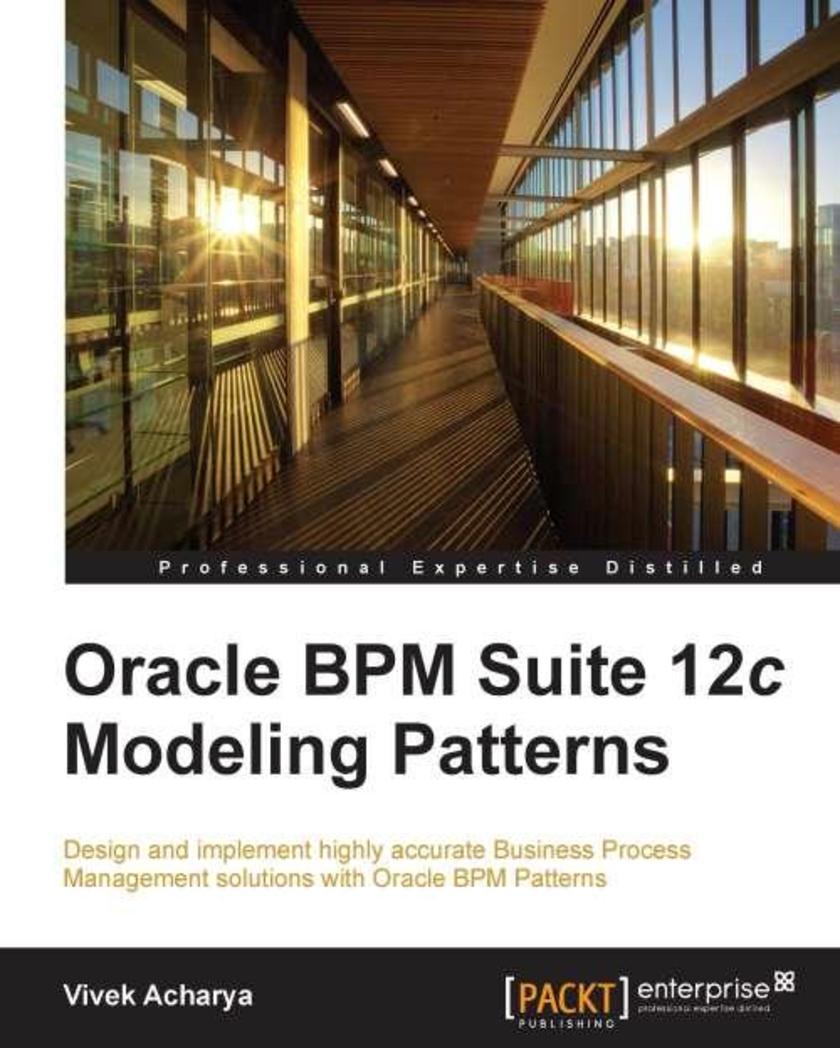
Oracle BPM Suite 12c Modeling Patterns
¥90.46
This book is an invaluable resource if you are an Enterprise architect, solution architect, developer, process analyst, or application functional and technical consultant who uses Business Process Management and BPMN to model and implement Enterprise IT applications, SaaS, and cloud applications.
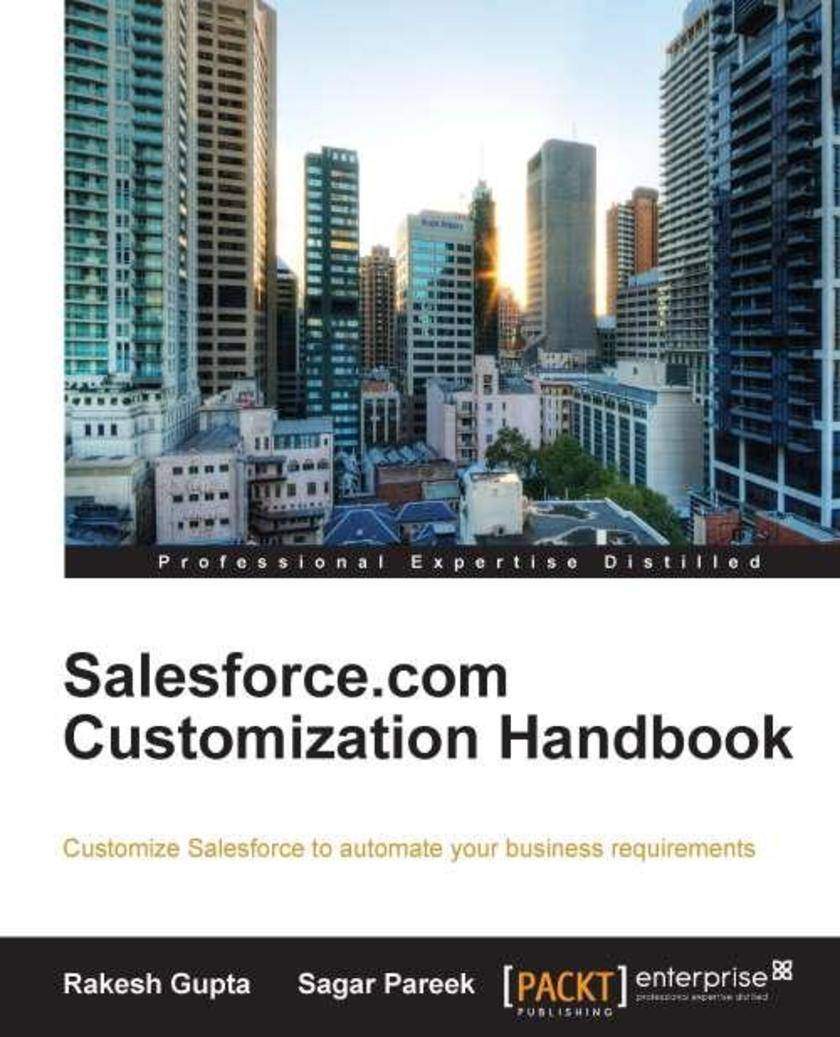
Salesforce.com Customization Handbook
¥90.46
If you want to use Salesforce CRM to automate your business requirements, or you have already adopted Salesforce CRM and want to streamline the sales process, this book is for you. Whether you are new to Salesforce or a seasoned expert, you will be able to master the basic functions as well as the advanced features of Salesforce.com. No previous experience in computer coding or programming is required.
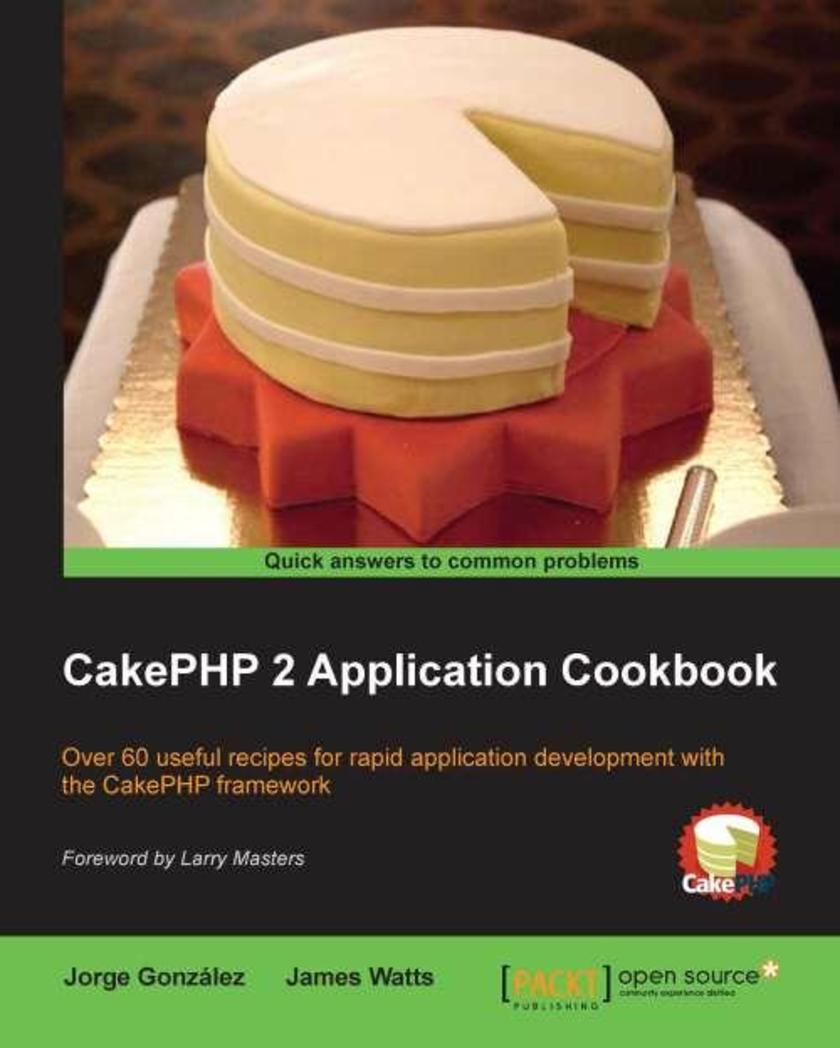
CakePHP 2 Application Cookbook
¥90.46
If you are a CakePHP developer looking to ease the burden of development, then this book is for you. As a headfirst dive into the framework, this collection of recipes will help you get the most out of CakePHP, and get your applications baked in no time. Even if you're not familiar with the framework, we'll take you from basic CRUD building to useful solutions that will aid in getting the job done quickly and efficiently.
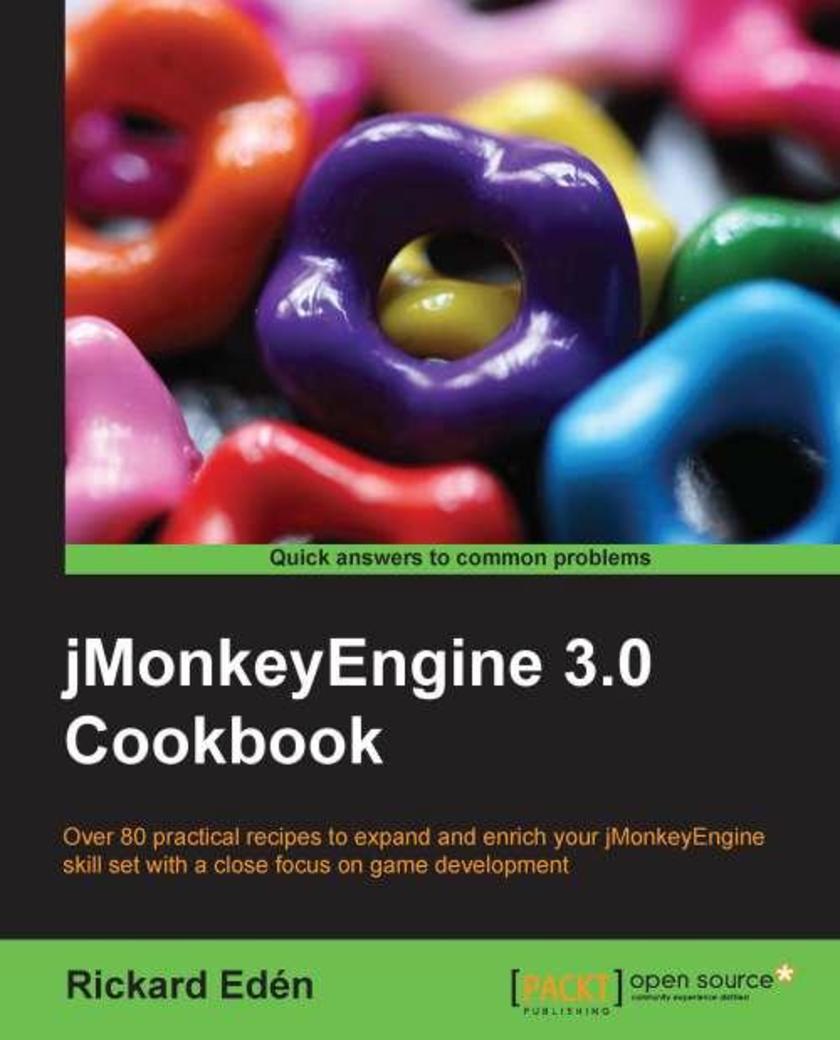
jMonkeyEngine 3.0 Cookbook
¥71.93
If you are a jMonkey developer or a Java developer who is interested to delve further into the game making process to expand your skillset and create more technical games, then this book is perfect for you.
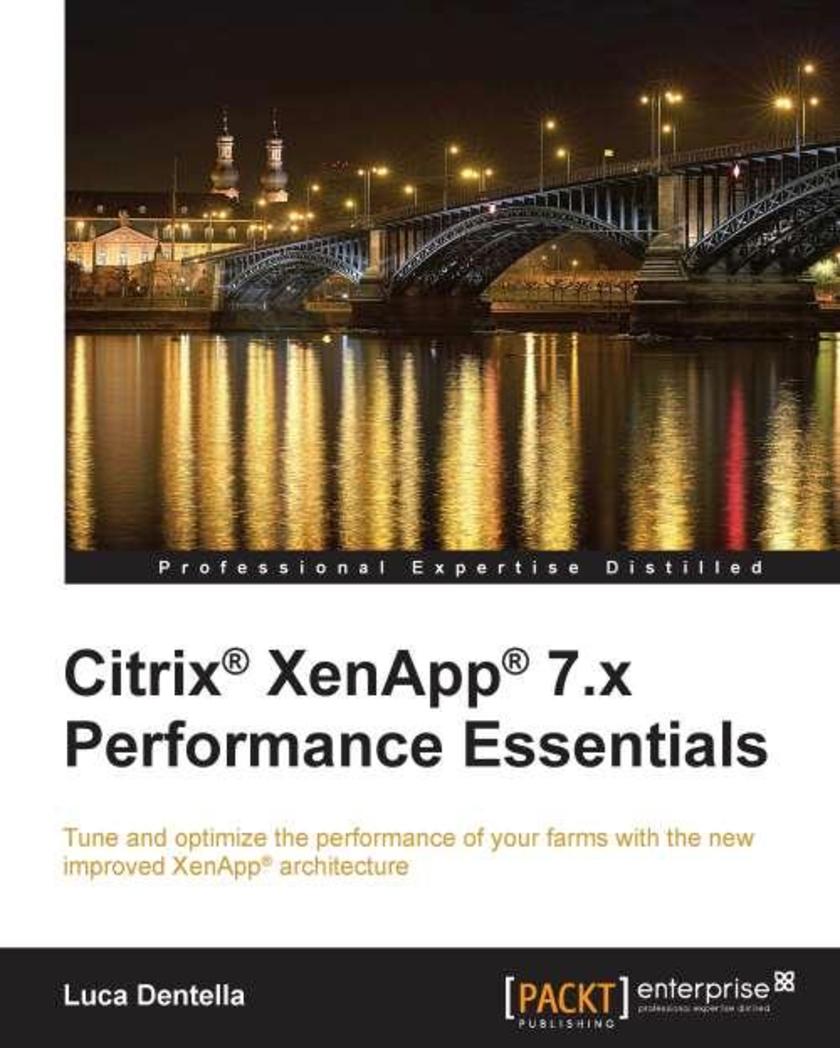
Citrix? XenApp? 7.x Performance Essentials
¥49.04
If you are an IT architect or system administrator who works with CitrixXenAppand need an agile, practical guide to tune and optimize the performance of your XenApparchitecture, this is the book for you. Citrix?, Citrix Systems?, XenApp?, XenDesktopand CloudPortalare trademarks of Citrix Systems, Inc. and/or one or more of its subsidiaries, and may be registered in the United States Patent and Trademark Office and in other countries.
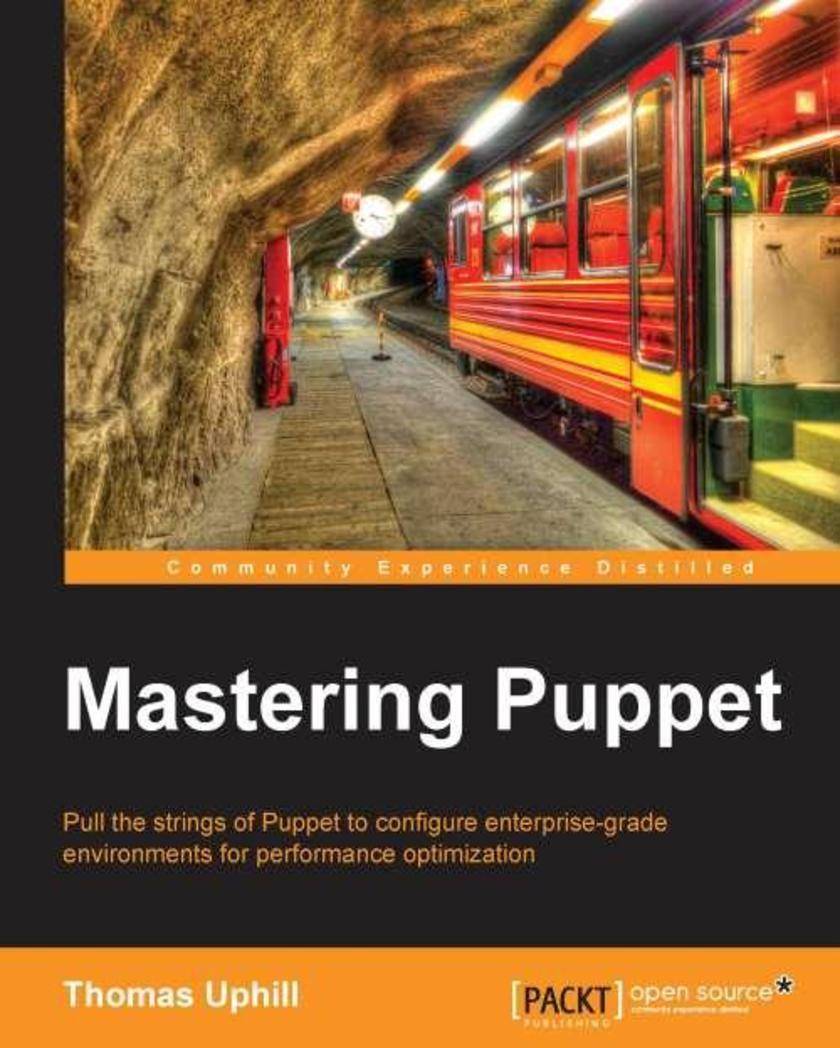
Mastering Puppet
¥79.56
Presented in an easy-to-follow, step-by-step tutorial format and packed with examples, this book will lead you through making the best out of Puppet in an enterprise environment. If you are a system administrator or developer who has used Puppet in production and are looking for ways to easily use Puppet in an enterprise environment, this book is for you. This book assumes an intermediate knowledge of Puppet and is intended for those writing modules or deploying Puppet in an enterprise environment.
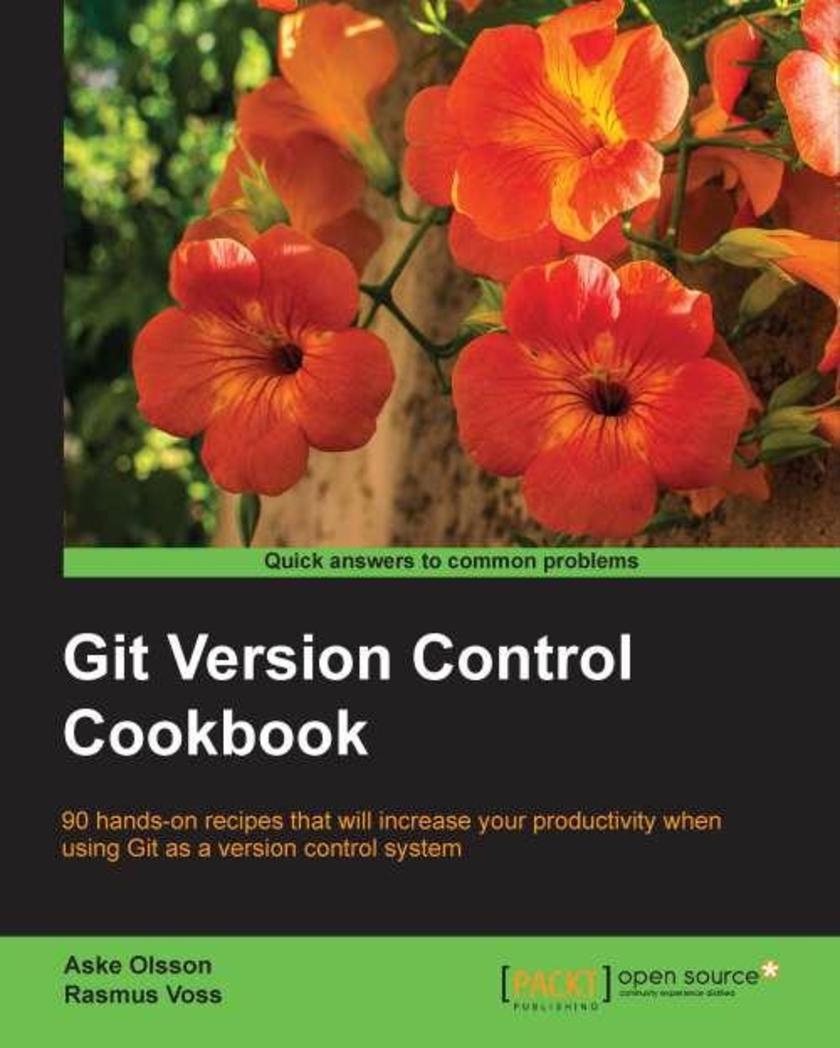
Git Version Control Cookbook
¥80.65
This practical guide contains a wide variety of recipes, taking you through all the topics you need to know about to fully utilize the most advanced features of the Git system. If you are a software developer or a build and release engineer who uses Git in your daily work and want to take your Git knowledge to the next level, then this book is for you. To understand and follow the recipes included in this book, basic knowledge of Git command-line code is mandatory.
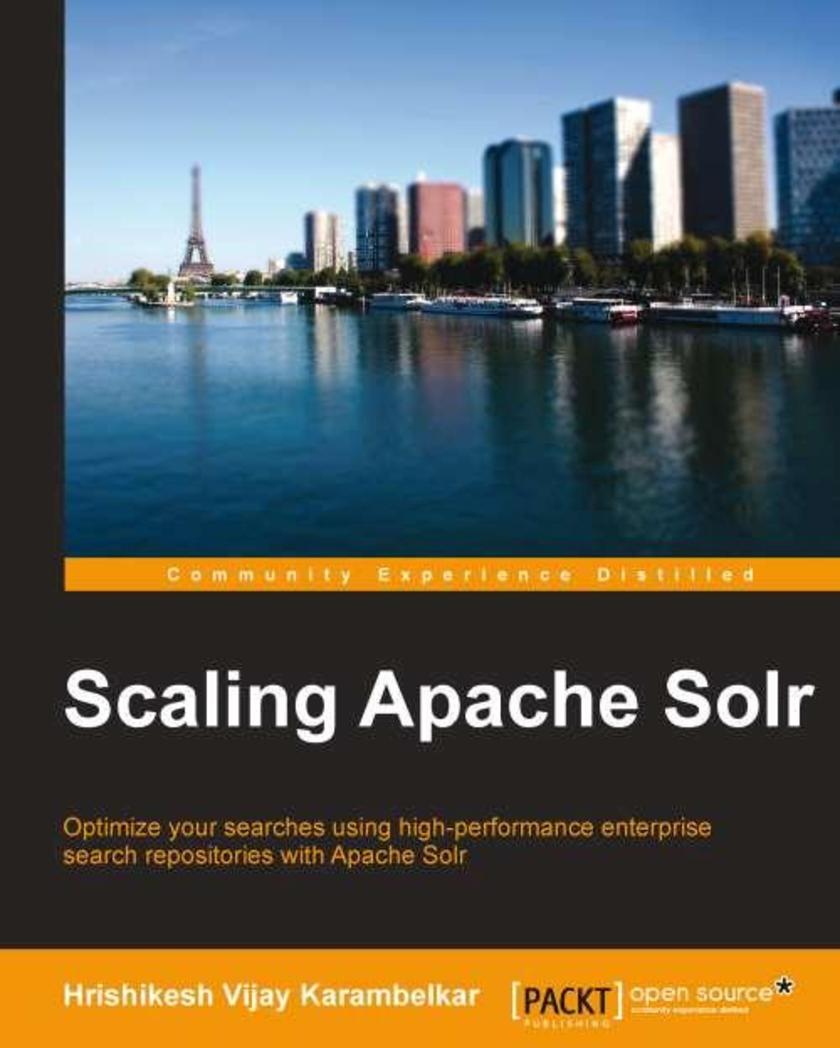
Scaling Apache Solr
¥79.56
This book is a step-by-step guide for readers who would like to learn how to build complete enterprise search solutions, with ample real-world examples and case studies. If you are a developer, designer, or architect who would like to build enterprise search solutions for your customers or organization, but have no prior knowledge of Apache Solr/Lucene technologies, this is the book for you.
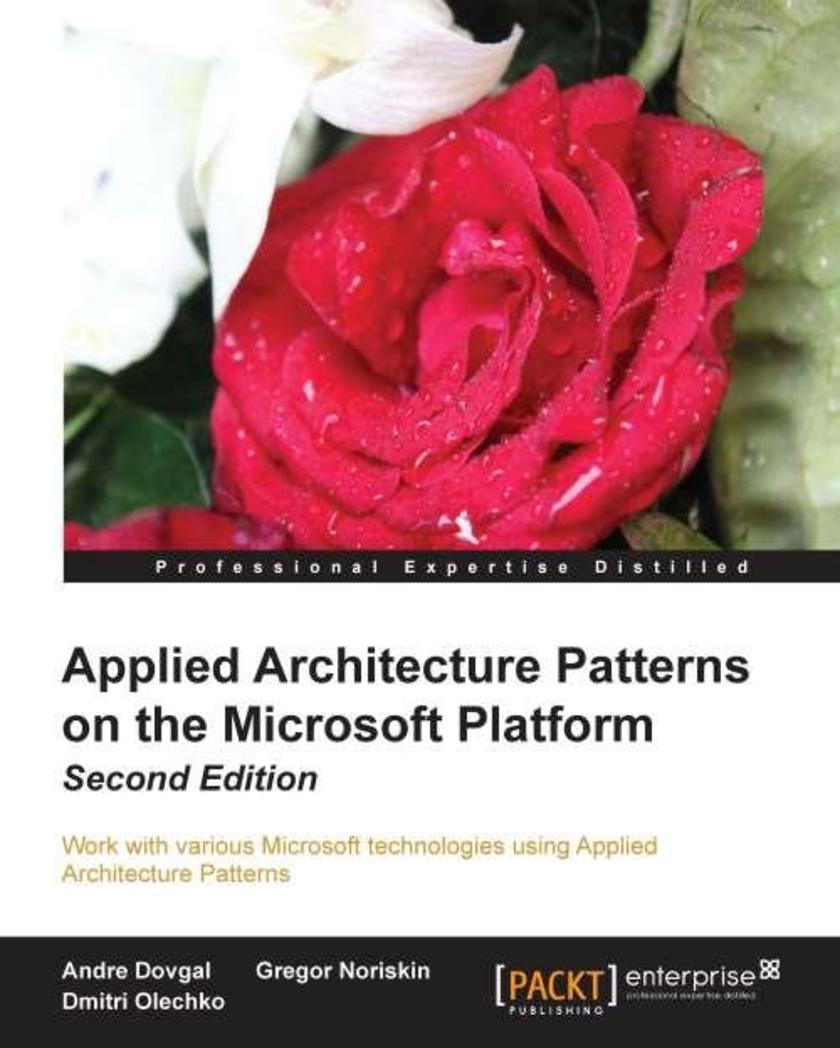
Applied Architecture Patterns on the Microsoft Platform - Second Edition
¥107.90
Presented in a scenario-driven tutorial way, we lead you through fictitious example problems and present you with the best solutions. This book is intended for architects, developers, and managers who need to improve their knowledge of the Microsoft application platform. This book will appeal to anyone, especially consultants, who want to get up to speed on selecting the most appropriate platform for a particular problem. A good understanding of the general Windows platform and development technologies would be helpful.

Learning iPhone Game Development with Cocos2D 3.0
¥71.93
This book is an easy-to-follow, step-by-step beginner's guide covering the full process of creating a game. It is packed with examples and illustrations, with comprehensive coverage of each topic. If you want to learn how to make games using the Cocos2D framework, this book is for you. If you would like to build a good foundation for a career in game development as an independent game developer or at a game studio, or if you just want to make games as a hobby, then you'll love this book. You should have some basic programming experience with Objective-C and Xcode. To run the code in this book, you will also need an Intel-based Macintosh running OS X Mountain Lion (or later).
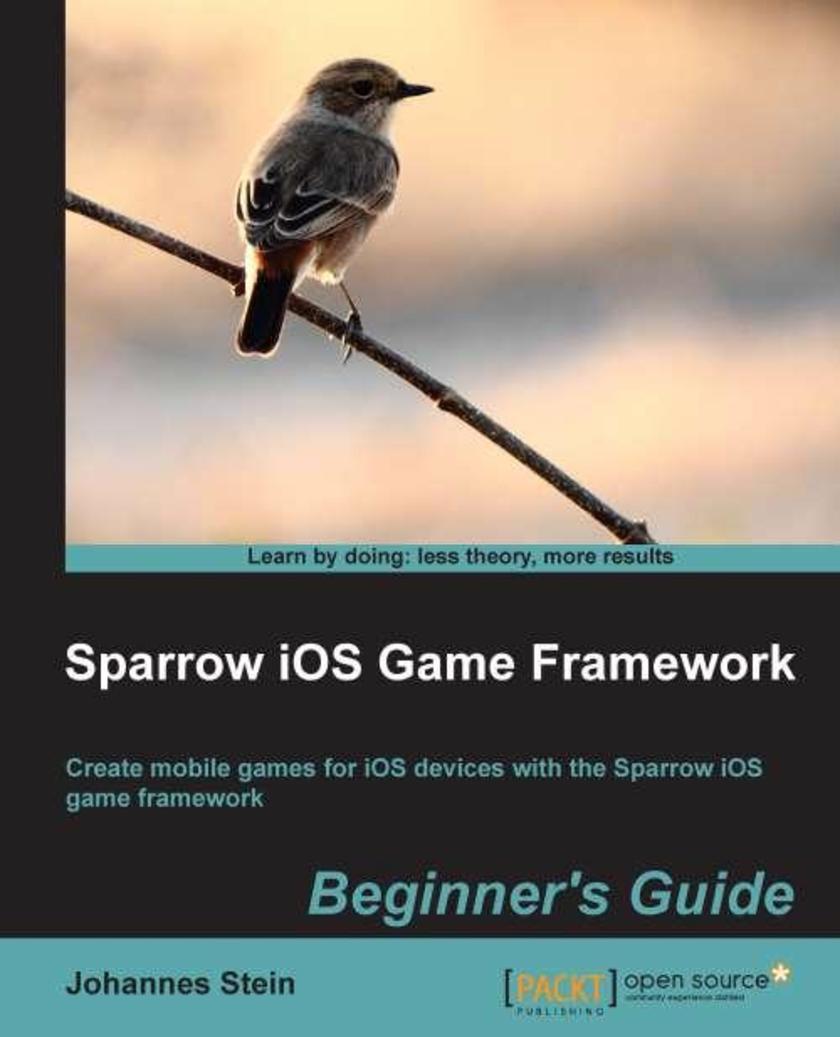
Sparrow iOS Game Framework Beginner's Guide
¥80.65
An easy-to-follow guide full of de*ive step-by-step procedures on how to develop a game for iOS. With each topic, a new challenge will be tackled to get a deeper knowledge of the Sparrow game framework and gain the skills to develop a complete mobile experience. This book is aimed at those who have always wanted to create their own games for iOS devices. Perhaps you've already dabbled in game development and want to know how to develop games for the Apple App Store, or maybe you have developed Objective-C apps in the past but you are new to game development. In either case, this book will help with de*ive examples and teach you to develop a game throughout its course. Some experience in Objective-C and a basic understanding of object-oriented programming are required.
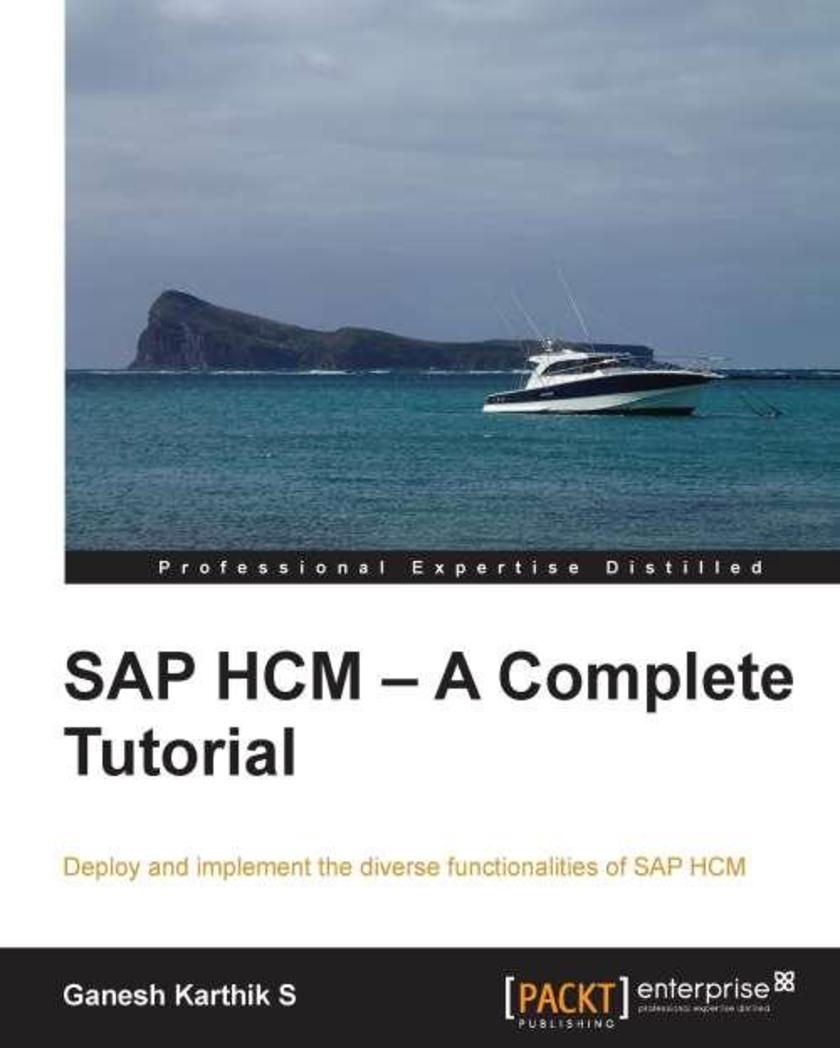
SAP HCM – A Complete Tutorial
¥107.90
This book is a simple tutorial guide with practical issues and their solutions, aimed at enabling readers to implement the various features of the SAP HCM module. If you are familiar with ERP products, and would like to leverage knowledge and fine-tune your configuration skills, then this book is for you. This book is aimed at readers who want to learn about SAP HCM and its most popular functionalities.




 购物车
购物车 个人中心
个人中心



